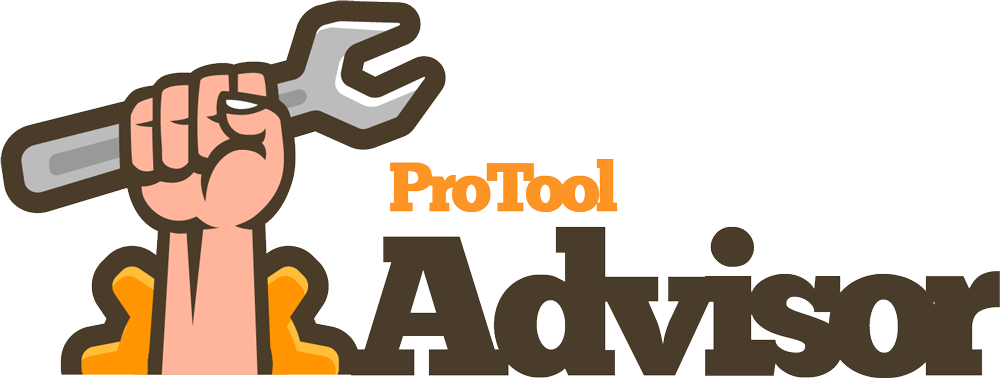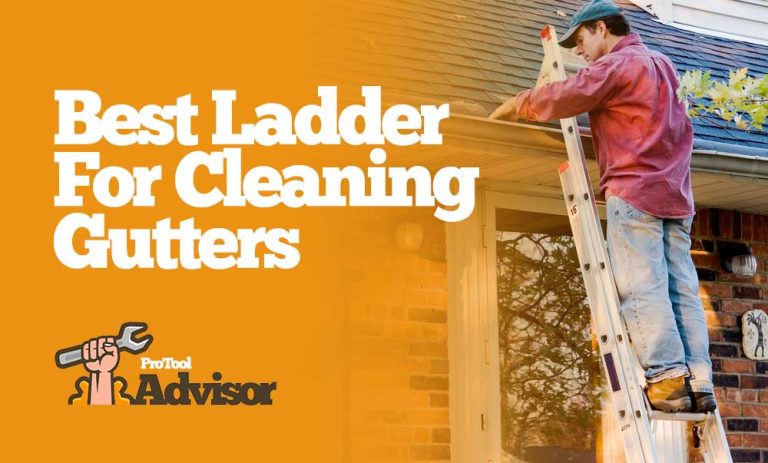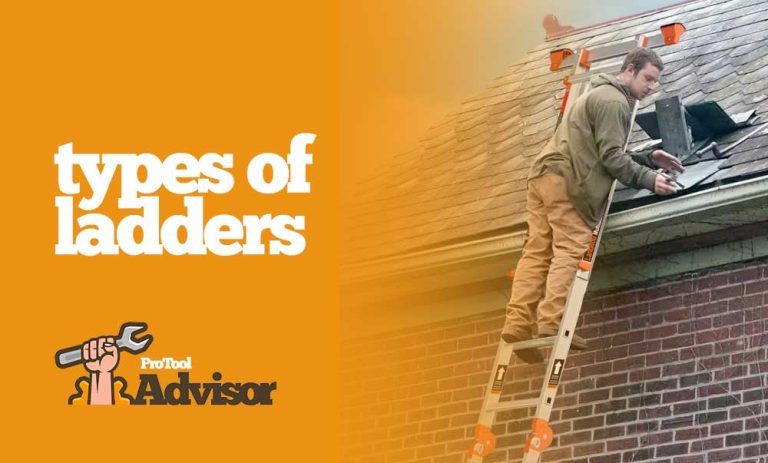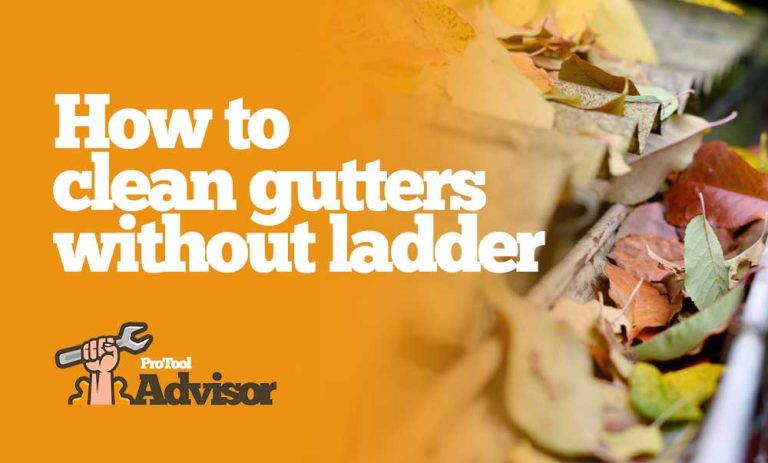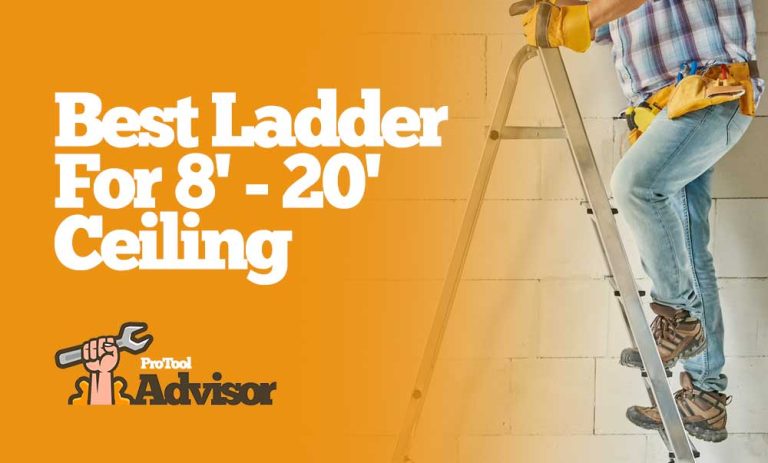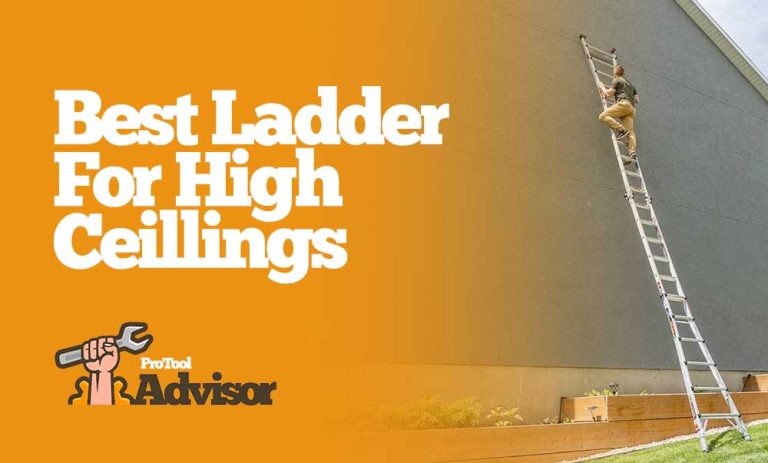5 Important Factors To Consider About Choosing The Right Ladder
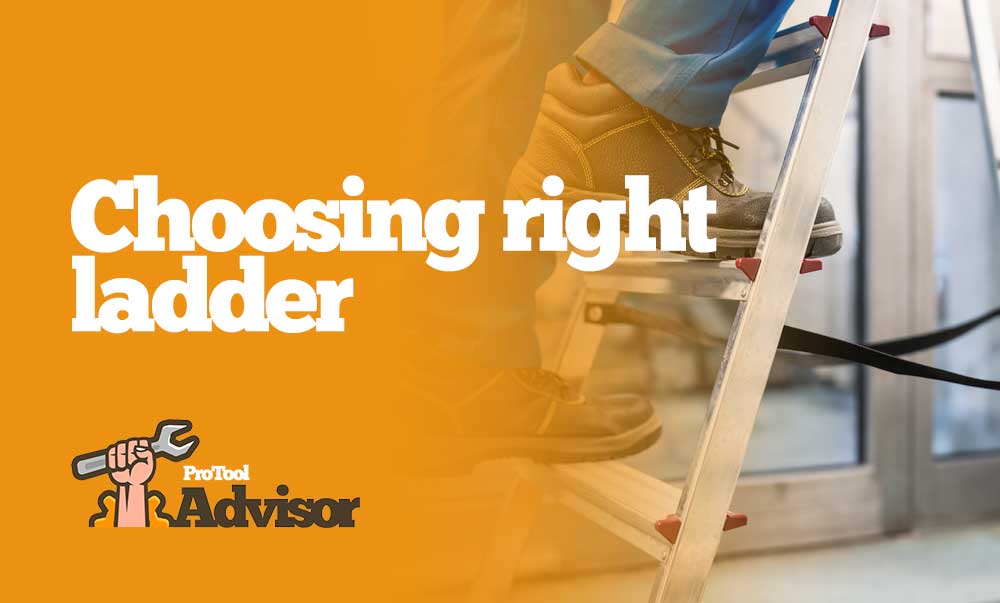 Ladders are an indispensable tool for reaching high altitudes and working in the construction industry. However, choosing the right ladder should be your main concern to ensure safety and efficiency at work.
Ladders are an indispensable tool for reaching high altitudes and working in the construction industry. However, choosing the right ladder should be your main concern to ensure safety and efficiency at work.
With so many different types of ladders available, it can be overwhelming to decide which one is right for your specific needs. Therefore, in this article, we will explore the most common types of ladders and additional information on selecting the right ladder for the job. We hope this guide will help you make an informed decision.
1. What type of ladder do I need?
The type of ladder you need varies depending on the intended use and the environment where you’re going to use it. Below are some common types of ladders and their functions:
Step ladder: A step ladder is a self-supporting ladder consisting of flat stairs that you can open easily and adjust without any assistance. It comes in handy for small DIY applications like getting to a high shelf, changing light bulbs, or painting walls.
Extension ladder: The extension ladder has no self-supporting structure but it can be easily extended at various altitudes by simply gliding the sections up or down. It can be the best ladder for cleaning gutters, reaching a high building, trimming trees, etc.
Telescoping ladder: Like extension ladders, a telescoping ladder is easy to extend with a collapsible design that also has more tight storage. You can use this ladder for both indoor and outdoor projects.
Multi-purpose ladder: As the name implies, a multi-purpose ladder can be employed in various configurations including a step ladder, extension ladder, or scaffolding. It can be an ideal choice for commercial or industrial purposes such as painting, home repairs, etc. Overall, it can be the best ladder for high ceilings.
Attic ladder: It is a foldable ladder that is positioned in a ceiling aperture to provide reach ability to a crawl space or attic. It has wood or aluminum construction and is easy to install and set up.
2. Choosing the right ladder reach/height
It’s crucial to take the ladder’s maximum reach or height into account while selecting one. This is the distance of the ladder’s maximum secure standing level from the floor.
In order to ensure safety while using a ladder, it is important to consider the right ladder reach or height and weight capacity. Below are some important tips to be followed to make the right choice:
Determine the needed height: You should first identify the maximum height you want to reach. You have to determine how far it is from ground level to the access point.
Choose the right ladder type: There are several types of ladders available in the market each with specific purposes and features. Consider the height and weight capacity of each ladder and choose the right one that suits your needs.
Think about the ladder reach: A ladder’s reach is the highest point it can reach when completely extended. When using extension ladders, the reach is computed by multiplying the user’s height by the ladder’s height. Ideally, your ladder should have a reach of at least 3 feet higher than the location you have to reach.
Look for additional safety features: You should choose a ladder that comes with additional safety features such as anti-slip treads, locking mechanisms, stabilizer bars, etc.
Detail ladder reach heights in a table:
There is a more detailed table with ladder reach heights for different ladder types:
| Ladder Type | Maximum Reach Height (Feet) | Maximum Standing Height (Feet) |
| Step Ladder | 4-16 | 1-3 feet less than reach height |
| Straight or Extension Ladder | 16-60+ | 1 foot less than ladder length |
| Telescoping Ladder | 12-22 | 1-3 feet less than reach height |
| Multi-Position Ladder | 12-26 | varies depending on configuration |
3. Choosing the right weight capacity
The weight capacity of a ladder is the maximum load it can carry safely. Ensure that the ladder you purchase can handle your weight as well as the weight of any tools or supplies you want to carry.
Detail ladder weight capacity in a table:
Here is a table with weight capacity ratings for different ladder types and their common uses:
| Ladder Type | Weight Capacity (Pounds) | Common Uses |
| Step Ladder | 225-375 | Household tasks, painting, light maintenance |
| Straight or Extension Ladder | 200-375+ | Outdoor maintenance, construction, roofing |
| Telescoping Ladder | 225-300 | Limited space applications, indoor maintenance |
| Multi-Position Ladder | 250-375 | Versatile, can be used as a step ladder, extension ladder, or scaffold |
It’s vital to remember that a ladder’s weight capacity takes into account both the individual’s weight and the weight of any tools or supplies they may be carrying. Always choose a ladder whose weight capacity is greater than the total amount of your own weight and the weight of any supplies or tools that you want to carry.
4. Choosing the right materials
When it comes to choosing the right materials for ladders, you have to think about some factors such as the intended use of the ladder, the maximum height it can reach, and its height capacity. There are some commonly used ladder materials and their uses:
Wood: Wooden ladders have a lightweight structure and are easy to use, making them an ideal choice for household tasks. However, they can’t handle heavy-duty outdoor tasks because they are more prone to rot or weaken over time.
Aluminum: Aluminum ladders are not only durable but also lightweight in design, making them a suitable option for both indoor and outdoor applications. Besides, they can withstand any wear and tear because of being resistant to rust and corrosion.
Fiberglass: The non-conductive characteristics of fiberglass ladders make them good to use around electricity. They are also strong and resistant to the environment, making them appropriate for outdoor usage.
Steel: Steel ladders have a robust construction and are one of the reliable options available. Therefore, they are a popular choice for heavy-duty projects. However, their bulky size makes them less feasible to use and challenging to move around.
5. Choosing the right brand
When it comes to getting a reliable and safe ladder, choosing the right brand for ladders is essential. You should consider the following factors before choosing the right brand:
Reputation: Look for a brand that has gained a reputation for providing high-quality and reliable ladders.
Certification: Make sure to check whether the brand has been certified by safety standards such as OSHA, ANSI, or CHA. This means the ladder will be safe to use and is in compliance with safety requirements.
Customer reviews: Read reviews from customers to know the real feedback of the product brand you’re going to purchase. Check for comments on the quality, reliability, and safety of the ladder.
Warranty: Look for high-quality brands that provide a significant warranty period for the ladders. Besides, reputed brands also provide replacement facilities for any defects and 24/7 customer service.
Price: Although it could be tempting to choose a less expensive brand, keep in mind that a low price might be an indication of worse quality components and construction. Invest in a trustworthy brand that provides a decent ratio between cost and quality.
Werner, Little Giant, Louisville, and Gorilla Ladders are a few popular manufacturers of ladders. But before investing, it’s always a wise idea to study and compare products.
Conclusion
Finally, choosing the right ladder is important to ensure safety and productivity at working in high altitudes. You can find the best ladder for you by thinking of the factors such as the intended use of the ladder and its height and weight capacity. And this guide has focused on those factors to make your buying decision easier.
Always make sure to follow proper safety guidelines to keep you safe from accidents and injuries. Remember that investing in the right ladder can not only save time and money but also your well-being.
